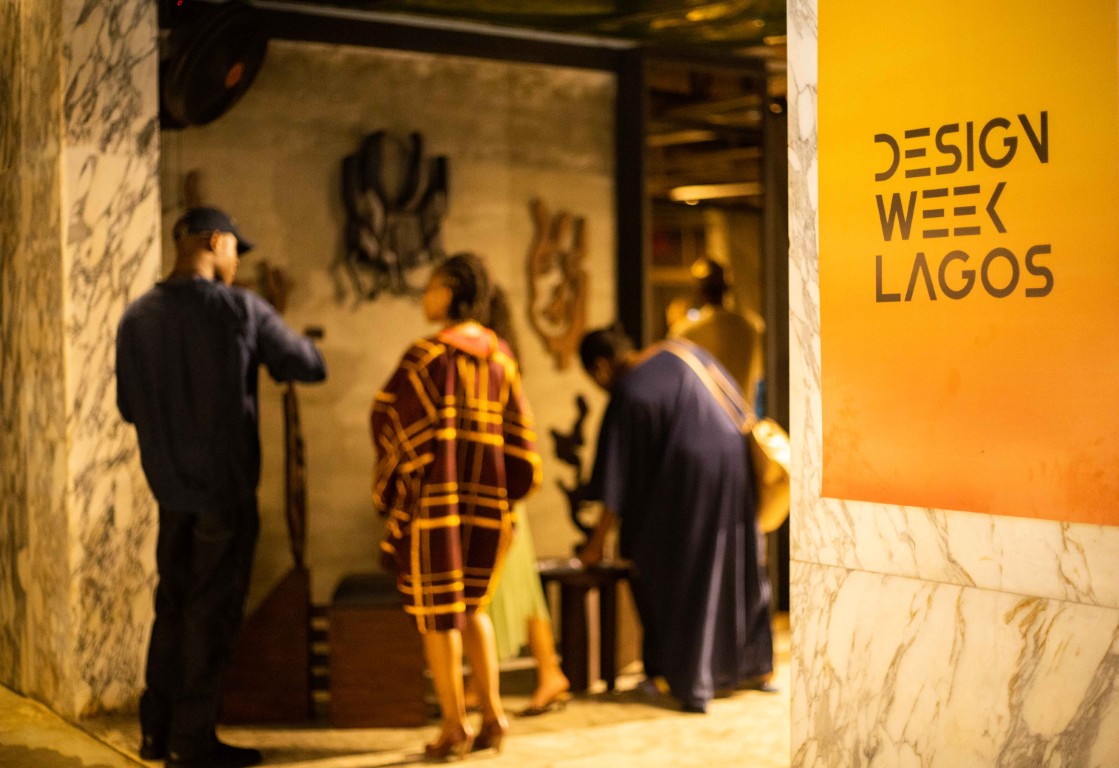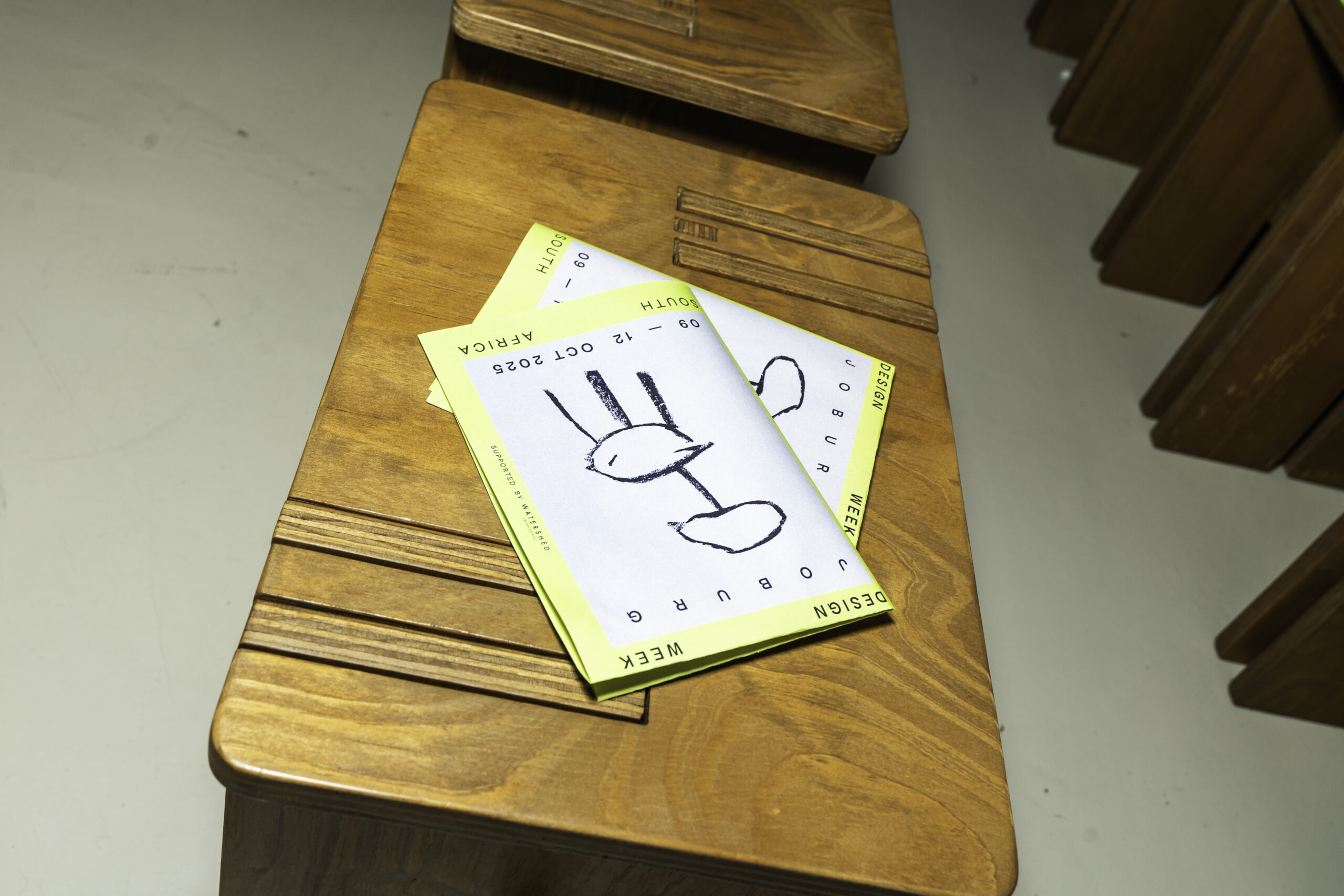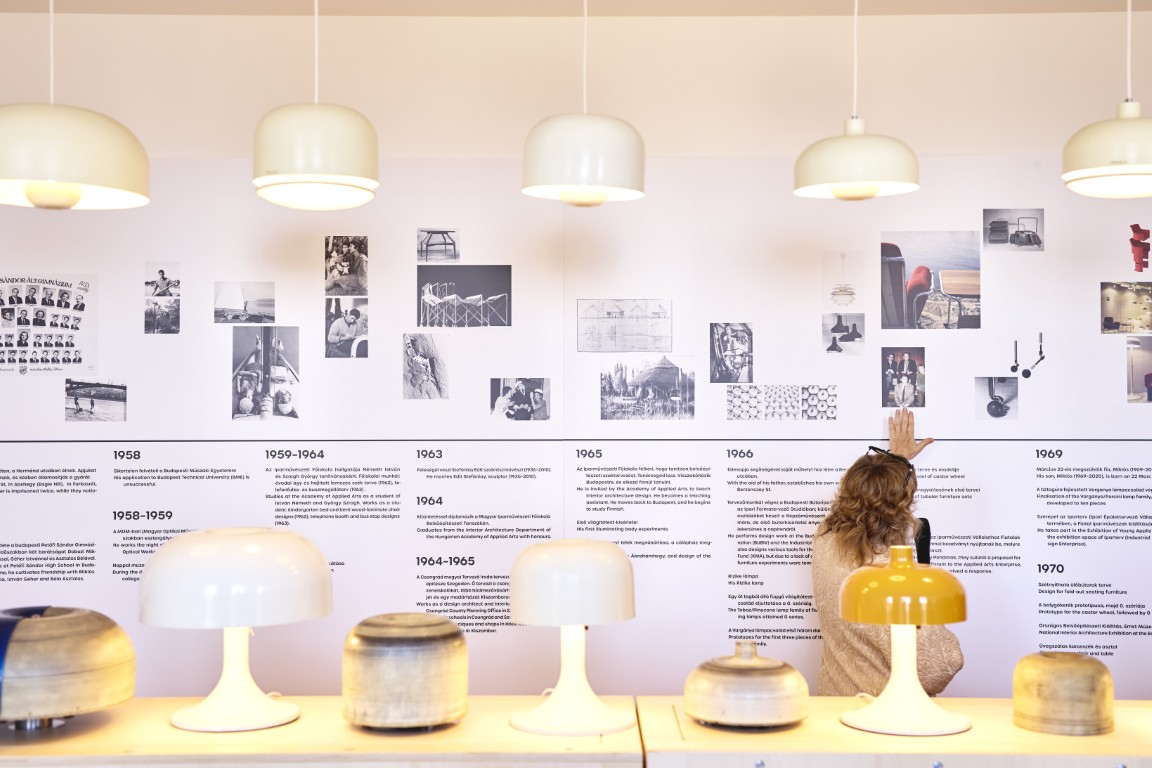Earlier this June, the V&A South Kensington opened Design and Disability, a quietly radical exhibition that sidesteps sentimentality and performative inclusion in favour of something more necessary: recognition. Not recognition as a pat on the head, but as a long-overdue acknowledgement of the ingenuity, resourcefulness, and cultural force that Disabled, Deaf, and neurodivergent people have brought to the design world.
This exhibition doesn’t ask us to feel sympathy but to understand that disability isn’t a deviation from design, it’s a driver of it. It challenges the dominant narratives by centering lived experience as both a source of expertise and a foundation for better, fairer, more human design. Whether it’s a self-fashioned garment, a hacked prosthetic, or a subversive zine, what’s on display here is not assistive; it’s innovative, political, joyful, and deeply personal.
With over 170 objects across three sections—Visibility, Tools, and Living—the exhibition spans fashion, design, protest, editorial, and technology. It honours the designers and communities whose work has long been pushing the boundaries of inclusion and aesthetics.
Designed with access integrated into every aspect, Design and Disability rethinks what an exhibition needs to be to be truly accessible. It includes self-regulation and resting areas, additional seating, tactile surfaces, and floors for orientation. It has been designed with Deaf Space principles in mind. Visitors can engage with tactile objects, BSL guides, audio descriptions, large print, and plain English texts, proving that access isn’t a side feature; it’s the foundation.
Curator Natalie Kane puts it clearly:
“This exhibition shows how Disabled people are the experts in our own lives, and have made invaluable contributions to our designed world. Design and Disability aims to honor Disabled life as it engages with creative practice, presenting a strong culture of making that has always been central to Disabled identity. In putting this show together, it is an act of joy and resistance.”
The exhibition also explores the rich history of Disabled designers who’ve challenged ableism in the design world and those currently reshaping it, whether by hacking mass-produced products or redefining the idea of what counts as design. Alongside commercial landmarks like Microsoft’s adaptive Xbox controller and the original OXO Good Grips prototypes by Betsey and Sam Farber with Smart Design, are homemade tools, personal objects, and zines by collectives that challenge the notion of who gets to be called a ‘designer’.
About the Exhibition
Design and Disability begins with a welcome and rest space, designed to help visitors orient themselves and address access needs from the outset. A tactile map, audio description, and BSL welcome are available, along with large print, sensory maps, and plain English guides.
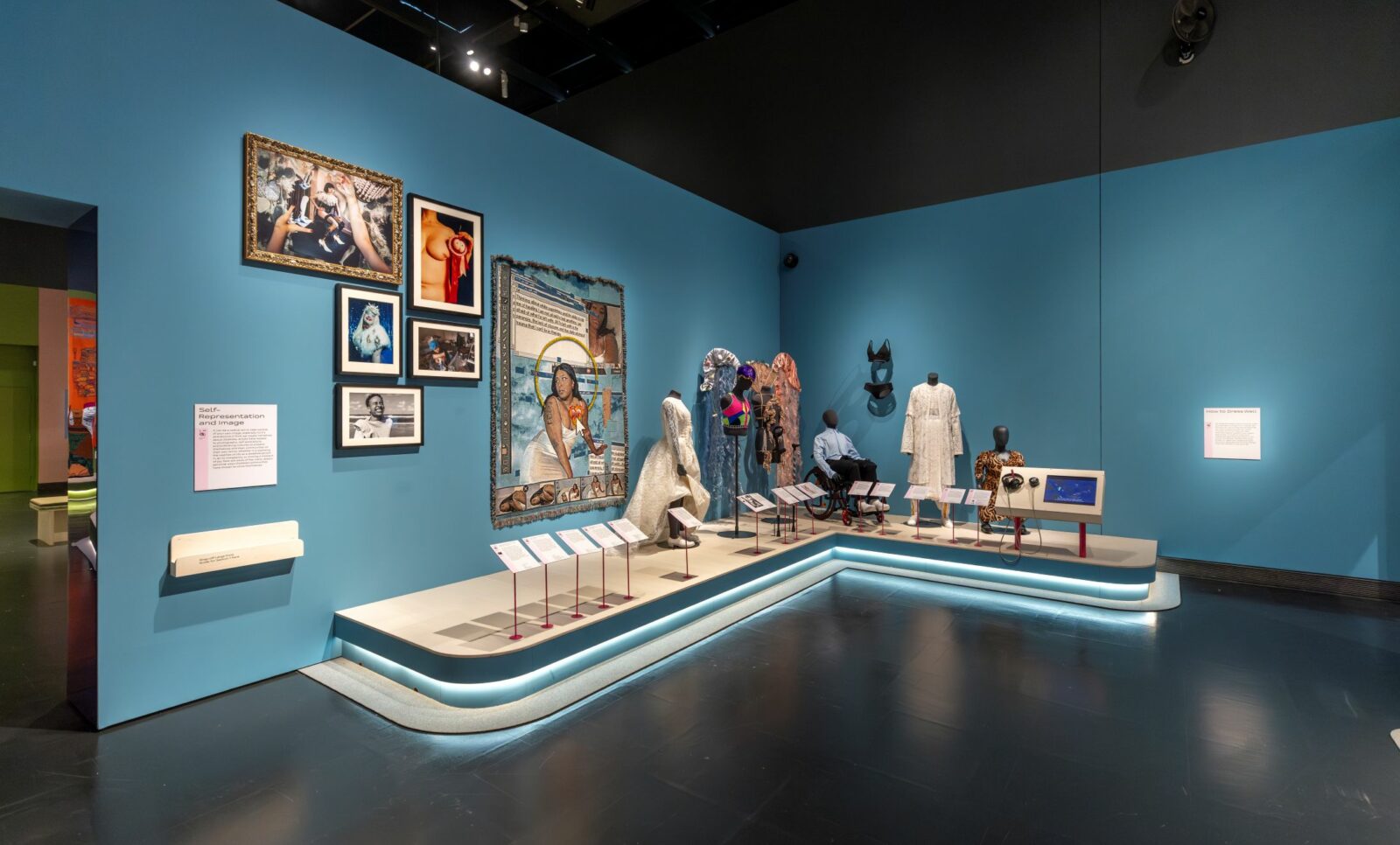
Visibility
This first section explores how Disabled creatives express their identities through fashion, photography, graphic design, zines, and visual culture.
Highlights include the hyper-visual ensemble by designer and activist Sky Cubacub, featuring their gender-affirming Rebirth Garments Binder paired with a Dragon Scale Head Dress, which functions as a wearable weighted blanket. Also on display is a hand-sewn Notting Hill Carnival costume inspired by The Birth of Venus, created by fashion designer Maya Scarlette, who has ectrodactyly.
Portraits include Marvel Harris’s First Swim after Rebirth—a celebratory self-portrait following gender-affirming surgery—and a striking photograph of Davina Starr by Scallywag Fox, capturing one of the performers from Drag Syndrome, the world’s first drag troupe with Queens and Kings with Down’s Syndrome.
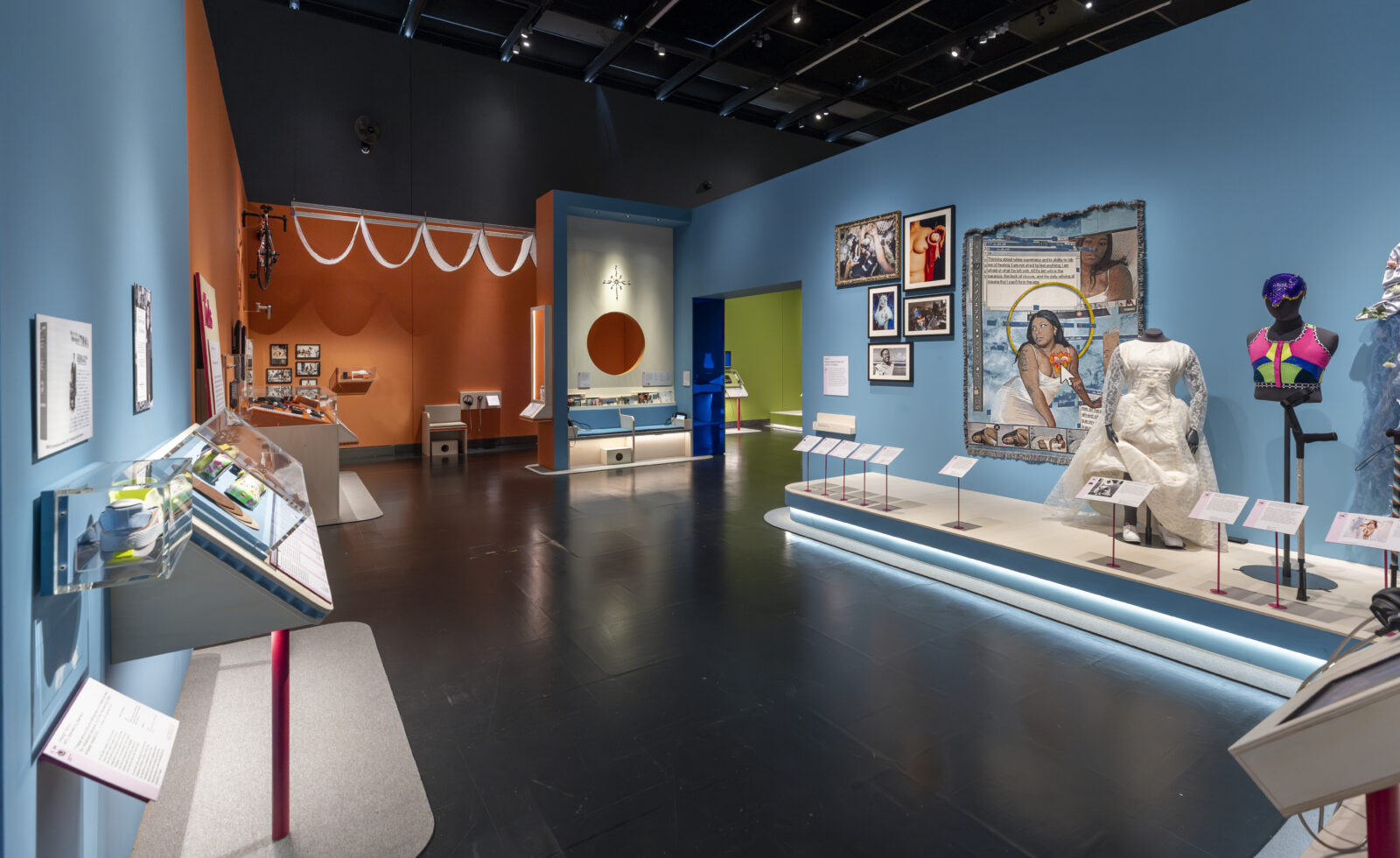
This section also showcases disability in mainstream media, such as the May 2023 issue of British Vogue, titled Reframing Fashion, featuring Sinéad Burke and Aaron Rose Philip. Adaptive pieces from global brands like Crocs (2022) and Nike (2021) reflect how commercial design is slowly catching up.
Grassroots and editorial projects are spotlighted through zines like Able Zine and Bed Zine, along with Dysfluent Magazine by Conor Foran, whose typeface visually echoes the rhythm of stammered speech, turning dysfluency into a powerful graphic language.
Tools
This section turns the spotlight onto invention, hacking, and adaptation. It rejects the narrative of Disabled people as passive users and instead presents them as engineers, creators, and designers of their solutions.
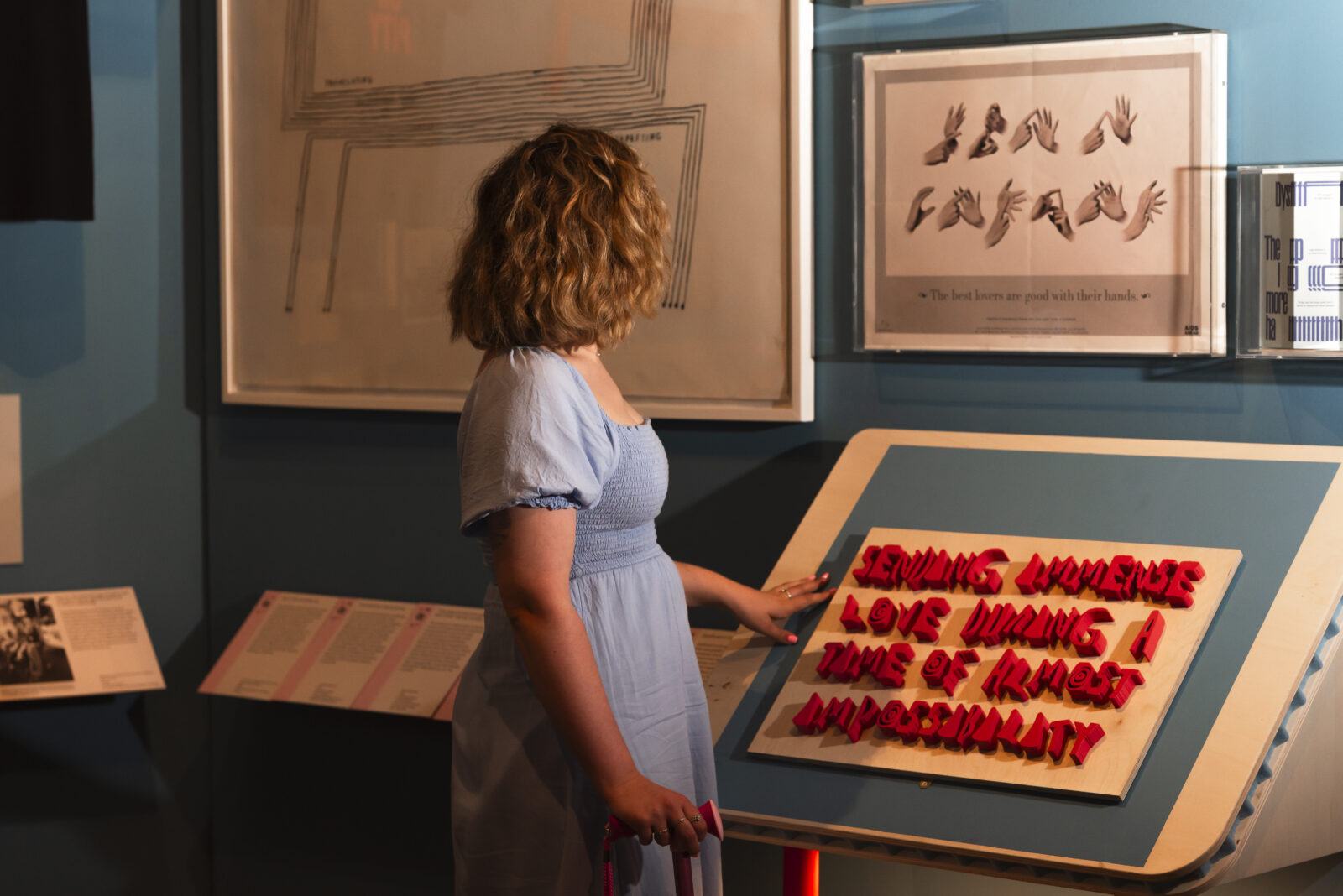
On display is the Touchstream keyboard by Wayne Westerman and Fingerworks (2005), a pain-relieving innovation that laid the groundwork for the first iPhone’s touchscreen. Alongside it is Microsoft’s adaptive Xbox controller, produced at scale, and a game-changer in inclusive gaming.
Homemade tools, like Cindy Garni’s silicone cutlery and eyeliner holders, sit beside robotic prosthetics. Her DIY designs, more functional and less frustrating than the tech-heavy alternatives, have become case studies for the Engineering at Home project.
Simon Way’s photographs of Jaipur Foot, which produces low-cost rubber prosthetics for people across India, bring international perspectives. Designed for squatting, walking barefoot, and easy maintenance, they meet the reality of daily life with quiet genius.
Narrative-based works also feature here, including Still Ill: Corona Diary by Monique Jackson, a visual chronicle of Long Covid and systemic medical neglect, and Unpacking by *Witch Beam, a videogame that slowly reveals themes of queerness and chronic illness through gameplay.
Living
The final section explores how Disabled people reshape the spaces around them, both physically, socially, and politically. From protest to public design, from voting rights to rest, this is where activism meets architecture.
Among the highlights: the McGonagle Reader, an audio voting device released ahead of the 2024 UK General Election to help Blind and low-vision people vote independently. There’s also Public S/Pacing by Helen Stratford, a rest blanket made for use in public spaces, drawing attention to the way cities often fail to account for bodies that need to pause.
The Squeeze Chaise Longue by Wendy Jacobs, developed in collaboration with Temple Grandin, wraps the user in soft red mohair arms. It offers deep pressure stimulation through a luxurious, almost theatrical form that intentionally rejects the sterile aesthetics of medical design.
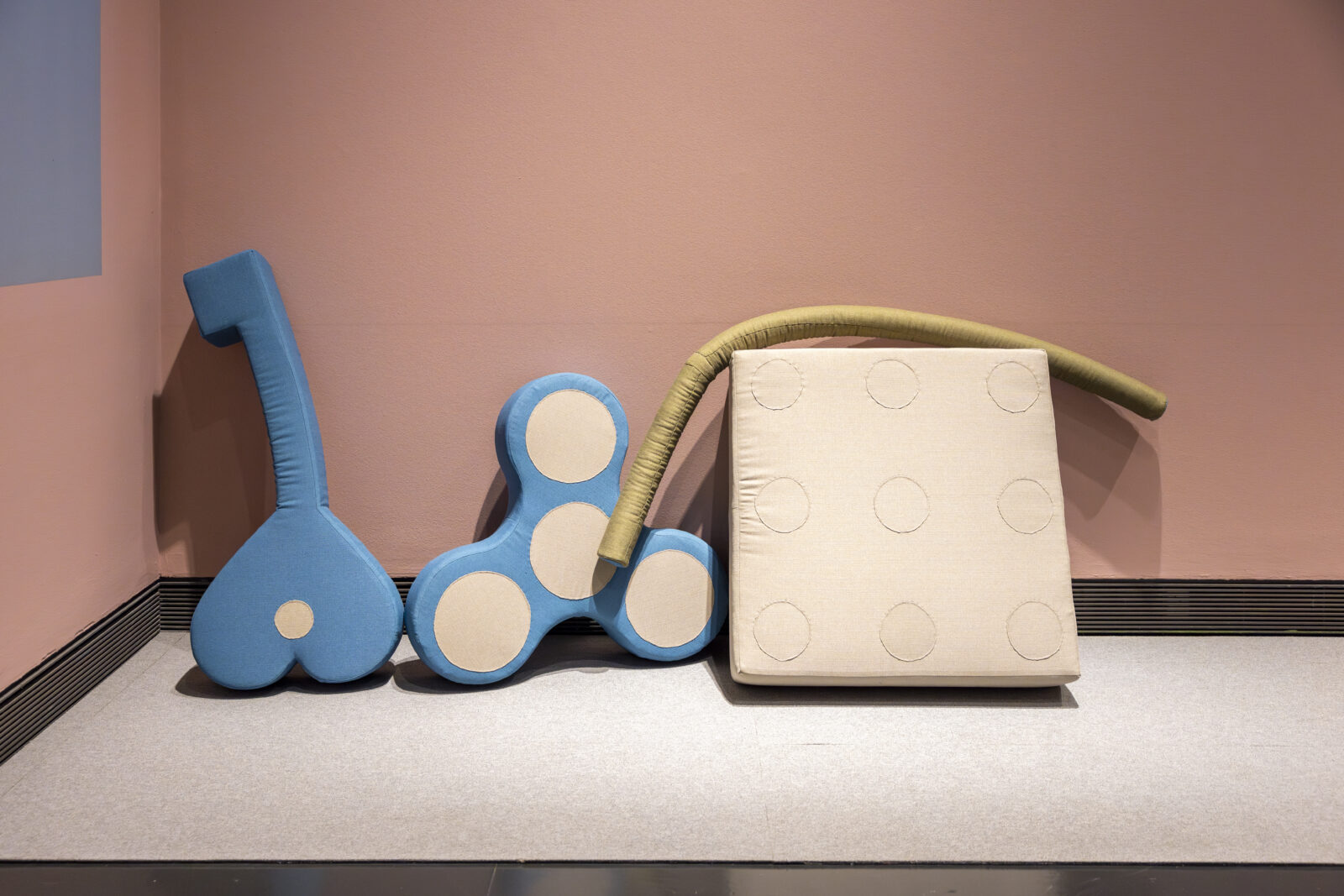
The exhibition ends with a specially designed decompression zone, inviting visitors to rest, reflect, and self-regulate. It includes comfortable seating, adapted tools created by occupational therapists (many of whom are Disabled themselves), and [sound of subtitles] by Seo Hye Lee. This poetic audiovisual installation transforms subtitles into a sensory experience.
The exhibition is open at V&A South Kensington through January 2026.


